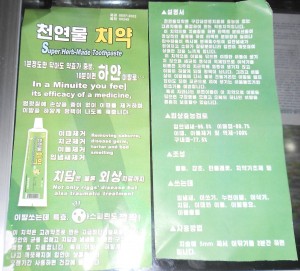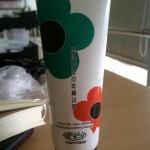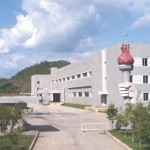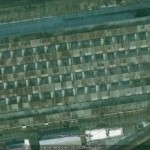Institute for Far Eastern Studies (IFES)
2013-3-29
On March 18, Kim Jong-un opened North Korea’s first national light industry convention in ten years, calling for efforts to be focused on the development of light industry. The hosting of this national meeting of light industry workers is somewhat atypical behavior for the leadership, as this event was held amidst military exercises aimed at demonstrating North Korea’s combat readiness.
In his speech, Kim Jong-un pointed out a number of issues which are currently affecting North Korea’s light industry sector including supply shortages, low quality, a high level of dependence on overseas suppliers of raw and other materials, workers’ ‘defeatism’, and a preference for imported goods.
He also emphasized the need for economic improvement through the development of light industry, promoting the production of consumer goods for the public, and modernization of the light industry sector on a scientific basis. In touching on these areas, Kim reiterated points made in his New Year’s address earlier this year.
Kim Jong-un’s itemization of the issues negatively impacting the light industry sector is receiving particular attention. During the Kim Il-sung and Kim Jong-il eras, progress reports tended to exaggerate positive results, with positive assessments of current performance and rosy projects for the future. Comparatively, Kim Jong-un’s unfiltered account of the state of the light industry sector in North Korea seems somewhat unconventional when juxtaposed against the propaganda of past regimes.
In Kim Jong-un’s words, “in the struggle to enhance livelihoods and to build an economically powerful country, the light industry and agriculture sectors must adopt the course of combining their fire power to deliver a decisive strike.” He further said, “Despite the current precarious situation, light industry, as this year’s first priority for economic development, will quickly solve the issues affecting livelihoods. Through the light industry, we will demonstrate the superiority of the socialist system and our ability to maintain livelihoods. This will be done in the name of advancing the great revolutionary event of national unification.”
Kim Jong-un indicated that the greatest issues facing North Korean light industry today are supply shortages and low quality. “Currently at light industrial factories, we are unable to accomplish the teachings left by Kim Jung-il. Whether exhibiting a new product or sample or displaying products in a store we must mass produce items and return them to the people.”
He continued, “The culture- and lifestyle-related demands of our people are rising by the day. No matter how many consumer goods are produced, if they are not of a quality high enough to meet the demands of the people using them, they are useless. We must produce consumer goods favored by the people and that receive good reviews. We must produce goods impeccable in the global marketplace.”
Kim Jong-un also pointed out that “high dependence on imports of raw materials and construction materials was another serious problem currently facing the light industry sector.” He said that “in order to realize domestic production of raw and other materials, the chemical industry must play a major role.” Kim claimed that “an economic business network must be established among factories and enterprises in the chemical industry” and that “a variety of chemical products composed of high quality textiles and plastics must be produced.”
“Currently, the most significant problem is that our workers do not feel responsible for the failures of their work sector and work units. Instead they have succumbed to defeatism and no longer put forth their greatest effort.” Kim added that “a preference for imports among workers stands as an obstacle to development of light industry.” He went on to say that “we must do away with the tendency to buy from other countries which have different facilities and the tendency to bring in foreign currency while claiming that we must import because our factories are modernizing.”
Since the 2003 ‘National Light Industry Sector Workers’ Conference’ which ran from March 23-24, North Korea has not held a national meeting of local light industry workers.




